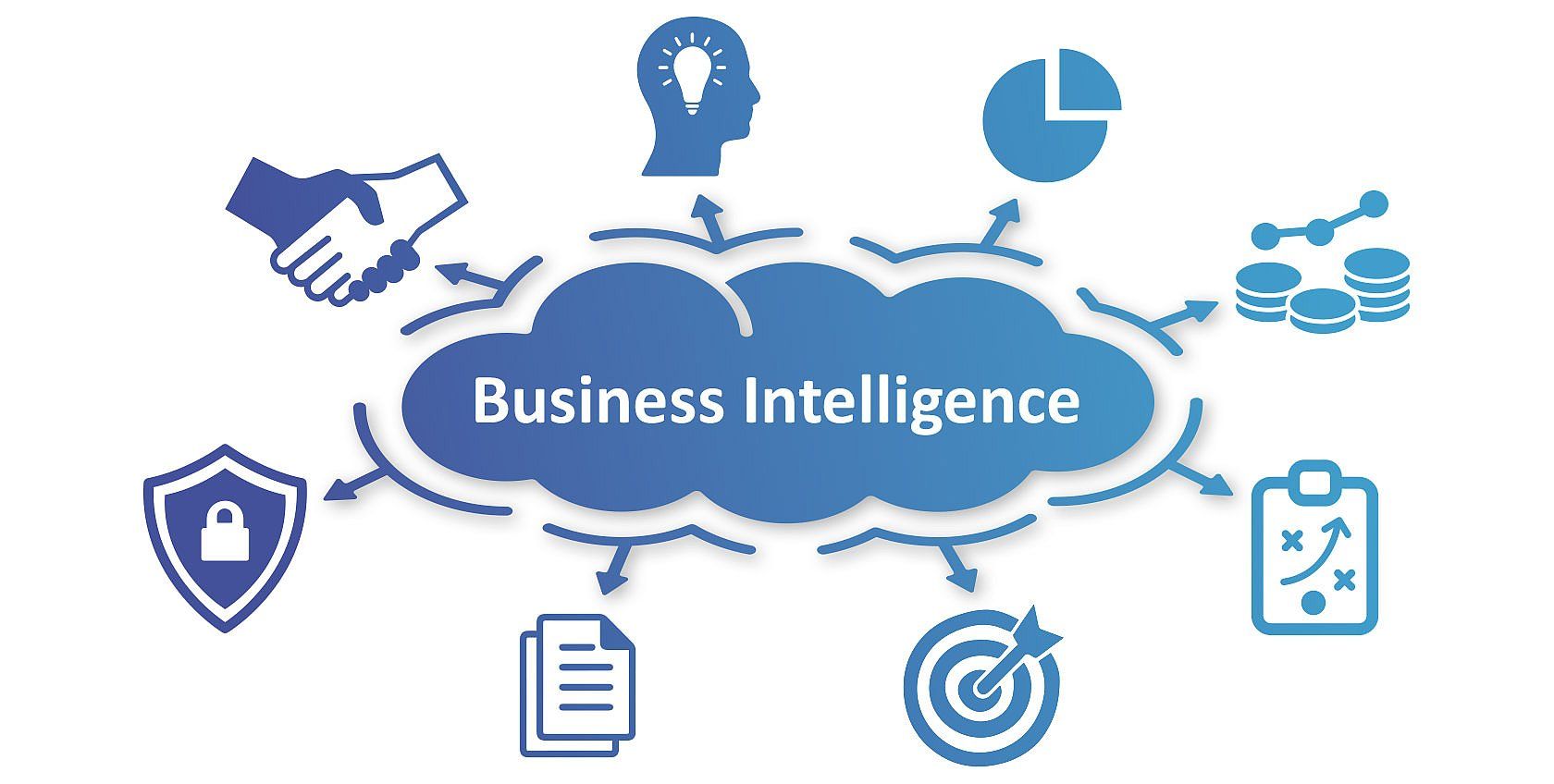In today’s business environment the importance of data is an asset that can make or break an organization. Power BI and Microsoft Fabric are powerful tools that businesses employ to make the most of data. These platforms are the linchpins of business intelligence. when they are combined with Azure Data Factory, they become an unstoppable force in data analytics and decision-making.
Power BI, Your Business Intelligence Companion
Power BI is a tool for business intelligence from Microsoft that helps organizations visualize their data and share information. It allows users to create interactive dashboards and report that transform raw data into practical information.

Power BI is scalable to accommodate your company’s needs. Power BI is a seamless integration of multiple data sources and makes it simple to combine data from different systems and databases. Even non-technical users are able to create powerful reports and analysis with its intuitive drag-and-drop interface.
Power BI’s platform allows for real-time data processing. This means you always have the most current data. Power BI provides a variety of visualizations to help you present information in a compelling and digestible format. The possibility of sharing and collaboration reports with colleagues enhances decision-making and creates a culture of data-driven decision-making within your company.
Microsoft Fabric The weaving Together of Data Innovation
Microsoft Fabric is the underlying framework that connects and orchestrates data across different Microsoft services. It’s the fabric that connects your data into a cohesive functional entity that allows companies to get insights easily.
Microsoft Fabric is the foundation of data integrity and consistency as businesses face ever-increasing volumes of data. Microsoft Fabric works with a range of services ranging from Azure Data Lake Storage, Azure SQL Data warehouse to Power BI. The platform’s interconnectivity allows data flow and insight from multiple sources.
The versatility of Microsoft Fabric is particularly evident in its data transformation capabilities. It can be used to cleanse and prepare data to be analysed. You can also use it to make sure that data is in line to the policies of your company’s data governance. Microsoft Fabric is the system that guarantees your data is reliable as well as accurate and well-prepared for analytics.
Azure Data Factory: the Gateway to Data Transformation
Azure Data Factory, another important component of modern business intelligence is Azure Data Factory. It is a cloud-based solution that allows users to plan and manage data-driven processes. Azure Data Factory provides meaningful insights through orchestration of the movement of data and its transformation.
Azure Data Factory is a number of strengths, including its ability to connect with a variety of data sources. It doesn’t matter if your data is hosted in the cloud or in your premises, you can integrate it seamlessly to get a complete overview of your data’s ecosystem. The platform can handle batch processing, real-time data streams, and analytics based on big data, making it suitable for a wide range of applications.
Azure Data Factory offers a visual interface that simplifies the design of data pipelines. Even if you are not a programmer it’s easy to create, schedule and monitor data pipelines. This software lets businesses manage their data integration processes and also allows them to create data by themselves.
Power BI, Microsoft Fabric and Azure Data Factory: The Power Trio
When Power BI is combined with Microsoft Fabric and Azure Data Factory and Azure Data Factory, they form a dynamic trio which can transform data analytics. What they can do:
1. Data Integration Azure Data Factory connects to a variety of data sources, making sure that your data is available. This data integration capability feeds Microsoft Fabric which orchestrates data across a variety of services. This will ensure that your data is organized cleaned and arranged to be analyzed in Power BI.
2. Data Transformation: Microsoft Fabric plays a important role in data transformation and allows you to tailor the data you have to suit your requirements for analytical analysis. Fabric is a powerful instrument for data transformation as well as data cleansing and processing.
3. Data Visualization: When your data is well-organized and is ready, Power BI takes over. It enables you to create visually appealing dashboards and reports which make complicated data easier to understand. The insights you gain are shared with the team to inspire data-driven decisions.
4. Scalability: Azure Data Factory can expand to handle growing data volumes. The combination of Power BI with Microsoft Fabric will make sure that your data is stable and reliable even when your business expands.
5. Power BI and Azure Data Factory provide real-time insight which are essential to make quick decisions.
Conclusion
The business intelligence industry is rapidly changing, and to remain competitive, businesses must tap into the power of data efficiently. Power BI, Microsoft Fabric and Azure Data Factory offer a powerful set of tools that can take your business intelligence efforts to new levels. Whether you’re looking to create amazing visualizations, guarantee the consistency of your data, or simplify data workflows, this trio includes everything you need. Discover the power of data through business intelligence.
